The gate in the center of this development, built like a castle porch with its entourage of simulated rubble stones, is flanked in its decor by a man in arms, like a guardian of the treasure hidden by this door. The surrounds of the main doors are decorated in reserves of so-called ironwork motifs in the center a flowering branch, the sides and the top are dressed with large nets on the outer panel in the center of each door a bird on a flowering branch, on the face inside a view of imaginary city architecture, a cartouche with a pattern of rolled leathers completes the panel.
The decorations are built on the basis of themes reminiscent of the subject of vanities developed by philosophers, humanists and writers of the time.
These marquetry paintings present lost cities whose architectures invaded by wild grass, remind us, by this fallen power, of the fragility of the great achievements made by man. The small drawers present imaginary cities in which nature takes back its rights in the heart of which animals evolve. In the center a small theater hidden by a gate, allowed to stage small sculptures or collectibles of a larger volume.
The companions of the Augsburg region in Germany were specialized in the production of these small collectors' boxes intended to contain objects of curiosity, ancient coins, excavation pieces, precious or scientific objects, minerals and small fossils or more simply all pieces likely to constitute a collection.
These cabinets, very fashionable during the Renaissance, often completed the interior of fortified castles in Alsace and the properties of the notables of the Rhine Valley, the essences used for their creations were similar to those appearing on the pieces of Rhine furniture. produced in the 16th century and again throughout the 17th century, which is why several cabinets approaching this model are present in the collections of Alsatian museums, in particular the Historical Museum of Strasbourg, the Alsatian Museum of Strasbourg and even the Guebwiller Museum , but also in the great decorative arts museums of the planet: Milan, MET New York, Basel, Stockholm, London...
Country wood marquetry maple, walnut, cherry, service tree, pear oak, on softwood frame. Period late sixteenth early seventeenth. Good condition, we report various grafts and grafts and some collages old restorations given the age of the piece. Key, Interior gate lock, iron side handles and rear corner reinforcements.



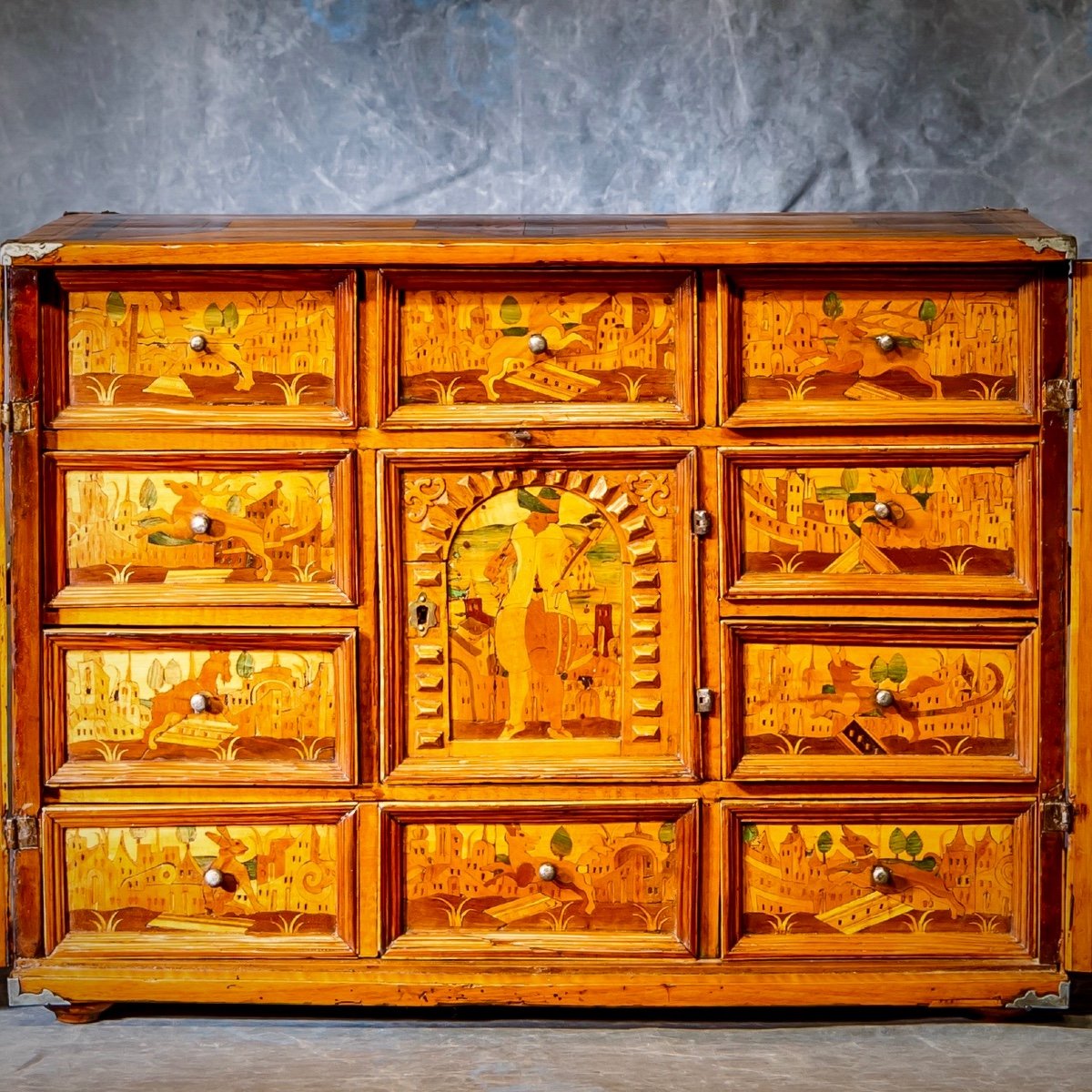

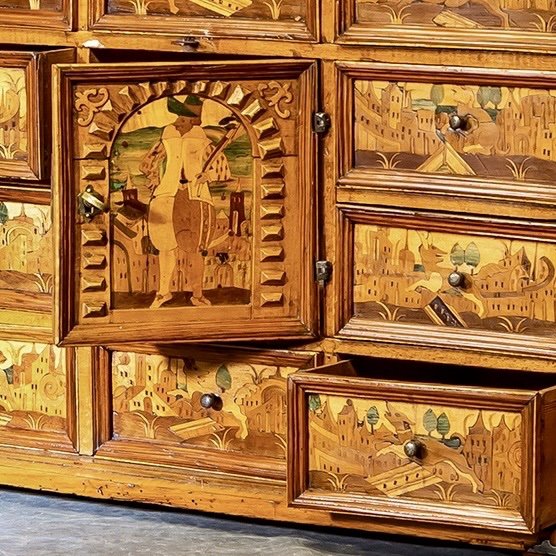



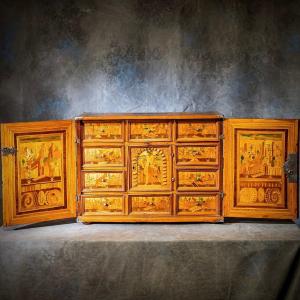










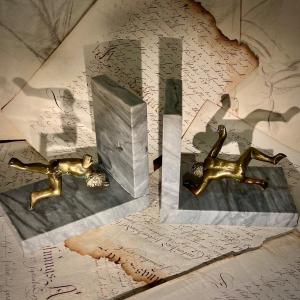

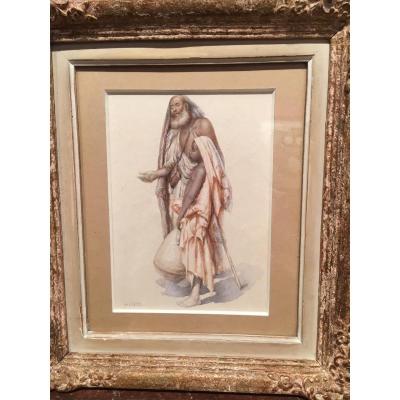
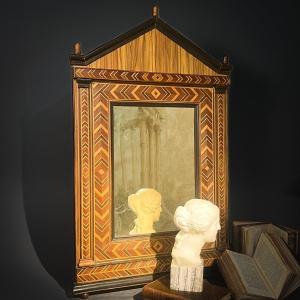
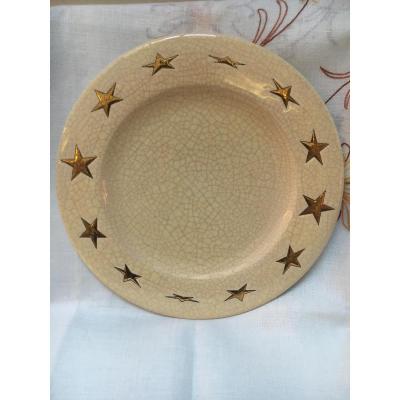

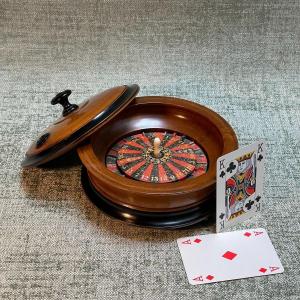
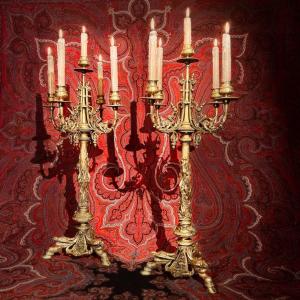







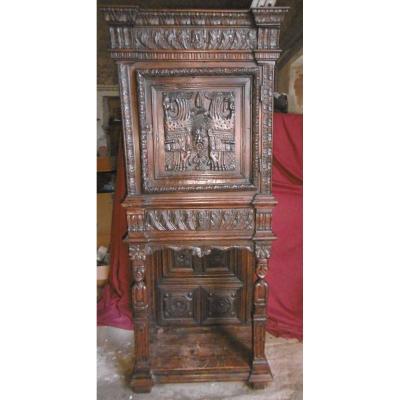
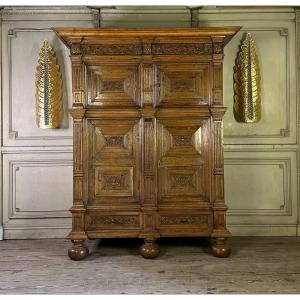




 Le Magazine de PROANTIC
Le Magazine de PROANTIC TRÉSORS Magazine
TRÉSORS Magazine Rivista Artiquariato
Rivista Artiquariato